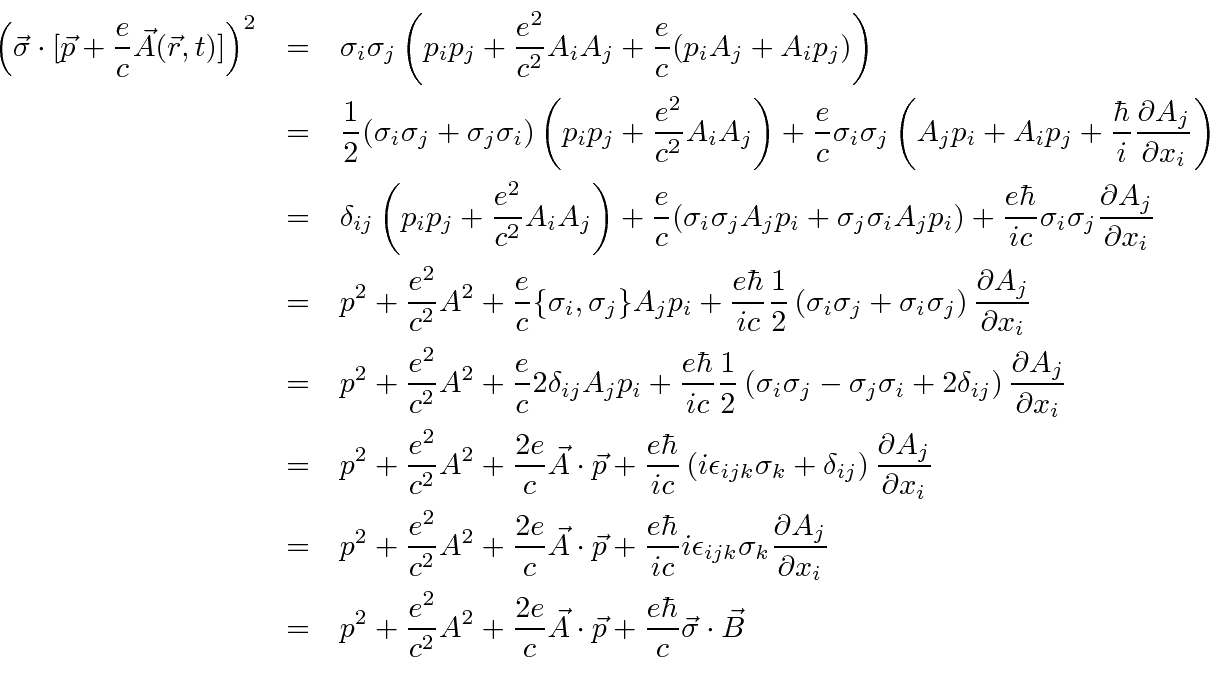


Schrodinger equation derivation free#
The equations which tell us how these fields behave in free space, i.e. What that means is that we ignore the fact that quantum mechanics exists and we look at things like magnetic fields, which I call B, and electric fields, which I call E and see how they change in different circumstances. These are the equations that govern classical electrodynamics. The Schrodinger equation is derived classically assuming that particles present local random spatial fluctuations compatible with the presence of the. If you don’t understand the notation then you should check out those topics! They are very beautiful topics indeed. (5.4) When F is an operator, it is understood that it operates on the wavefunction to the right. A DERIVATION OF THE LIPPMAN - SCHWINGER EQUATIONS Here, using the existence of. THE SCHRODINGER EQUATION IN 1D The expectation value of a function or operator Fof x, and/or tis calculated as follows: hFi Z dx(x,t)F(x,t)(x,t). I would also like to use notation from vector analysis and differential calculus without discussing what that notation means. The Lippman - Schwinger Equations and the Asymptotics of Eigenfunctions 1. As a pre-warning, the mathematics doesn’t get particularly hard but it does get a bit long because I have decided to not skip any steps for those who want to follow all of the details of the derivation. One publication (Ward & Volmer, 2008) I recently stumbled upon laid out the landscape really well, so I thought I would run through the derivation, filling in all of the blanks and elaborating when I thought was necessary. The factor H is known as a Hamiltonian operator which gives the energy of the particle. Let me share with you how you might get to the equation starting at the governing equations from classical electromagnetism. Particle-wave duality Davisson-Germer experiment de Broglie waves. The total energy of the particle is the sum of potential energy (P.E) and kinetic energy (K.E) which is given by: This is the Schrodinger time-dependent wave equation formula. When you are first presented the equation in a physics classroom the lecturer most likely does not derive it (perhaps maybe the second time you see it, in something like QMII, the lecturer does, however).


 0 kommentar(er)
0 kommentar(er)
